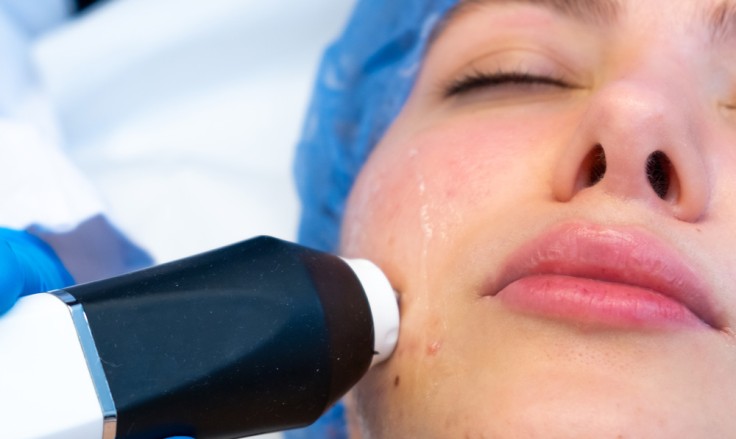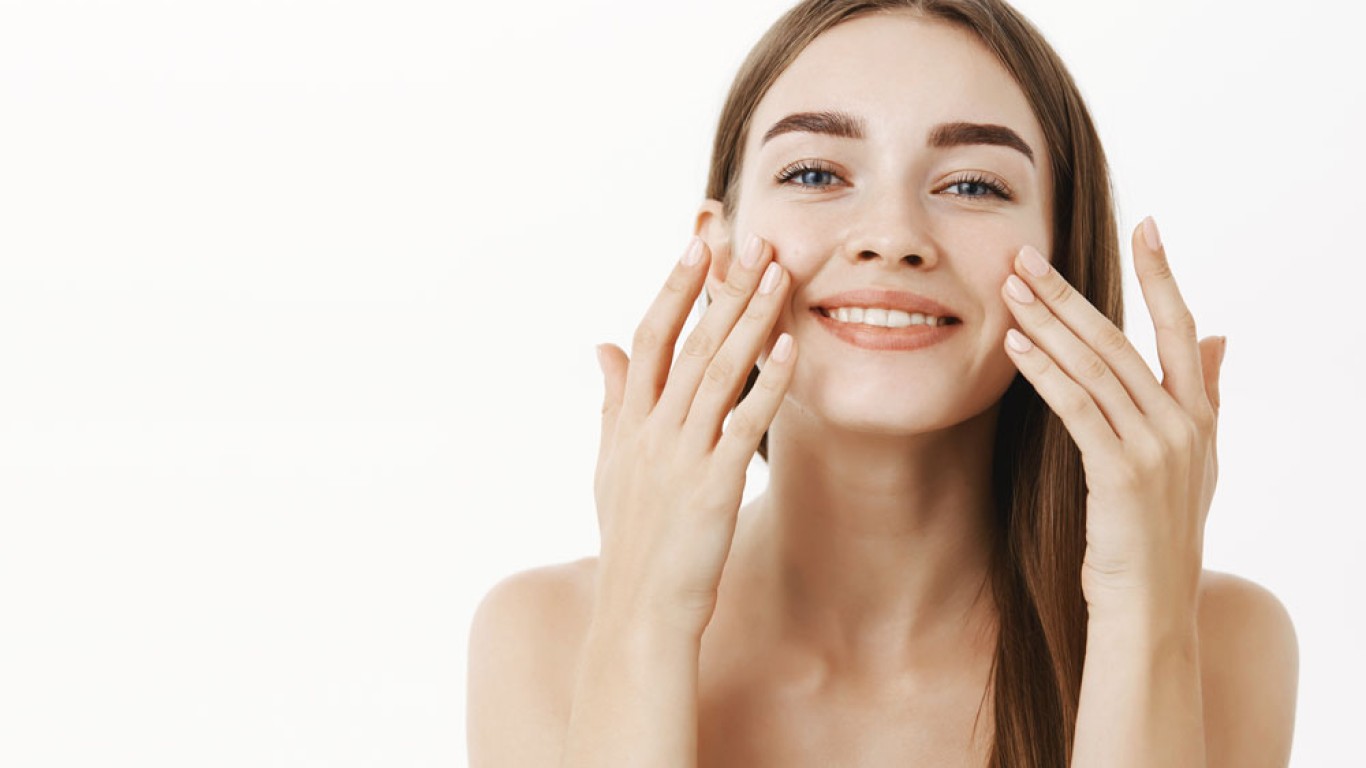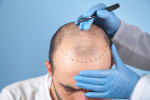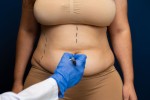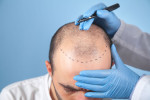Introduction
Healthy, radiant skin requires more than just a splash of water and moisturiser. A proper skin care routine involves treatments that nourish, protect and repair the skin. Whether you're preventing ageing, treating blemishes, or just maintaining balance, knowing the right skin care steps matters.
In this guide, we break down the core components of a complete skin care routine. Each step plays a vital role in keeping your skin clear, youthful and healthy. From facials to sun protection, here's what your skin truly needs.
Skin Care Steps: Facials and Cleansing
Cleansing is always the first step. It removes excess oil, dirt, makeup and environmental impurities. Daily cleansing prevents blocked pores and supports skin renewal. Regular facials provide deep cleansing benefits that go beyond everyday washing.
Facials combine steaming, extraction, and nourishing masks. These treatments unclog pores, increase blood circulation and leave skin refreshed. While home cleansing is important, occasional professional facials provide a deeper clean. Together, they help maintain a vibrant, smooth complexion.
Skin Care Steps: Exfoliation
Exfoliation removes the dead skin cells that make the skin look dull and textured. There are two main types: mechanical (scrubs or brushes) and chemical (acids like AHAs or BHAs). Both improve texture, boost radiance and encourage cell turnover.
This is essential for preventing clogged pores and improving the absorption of products applied afterwards. Most skin types benefit from exfoliation 2–3 times a week. However, sensitive skin may need a gentler approach. Over-exfoliating can damage the skin barrier, so moderation is key.
Skin Care Steps: Moisturising Treatments
Hydrated skin looks plump, soft and radiant. Moisturising treatments range from lightweight gels to rich creams and hydrating masks. These seal in moisture and reinforce the skin's natural barrier.
Dry or mature skin benefits from thicker, oil-rich moisturisers. Oily or acne-prone skin may prefer lighter, non-comedogenic options. Hydration helps the skin function properly, supports elasticity and reduces the appearance of fine lines. Even if your skin feels oily, skipping moisturiser is never advised.
Skin Care Steps: Anti-ageing Treatments
Ageing skin can develop fine lines, sagging and uneven tone. Anti-ageing treatments are designed to reduce these effects and improve skin resilience. These often include serums with active ingredients such as retinol, peptides or vitamin C.
In-clinic treatments might also involve light therapy, ultrasound or microneedling. These technologies stimulate collagen production and tighten the skin. Starting these treatments early can help delay signs of ageing. Consistency is crucial for long-term results.
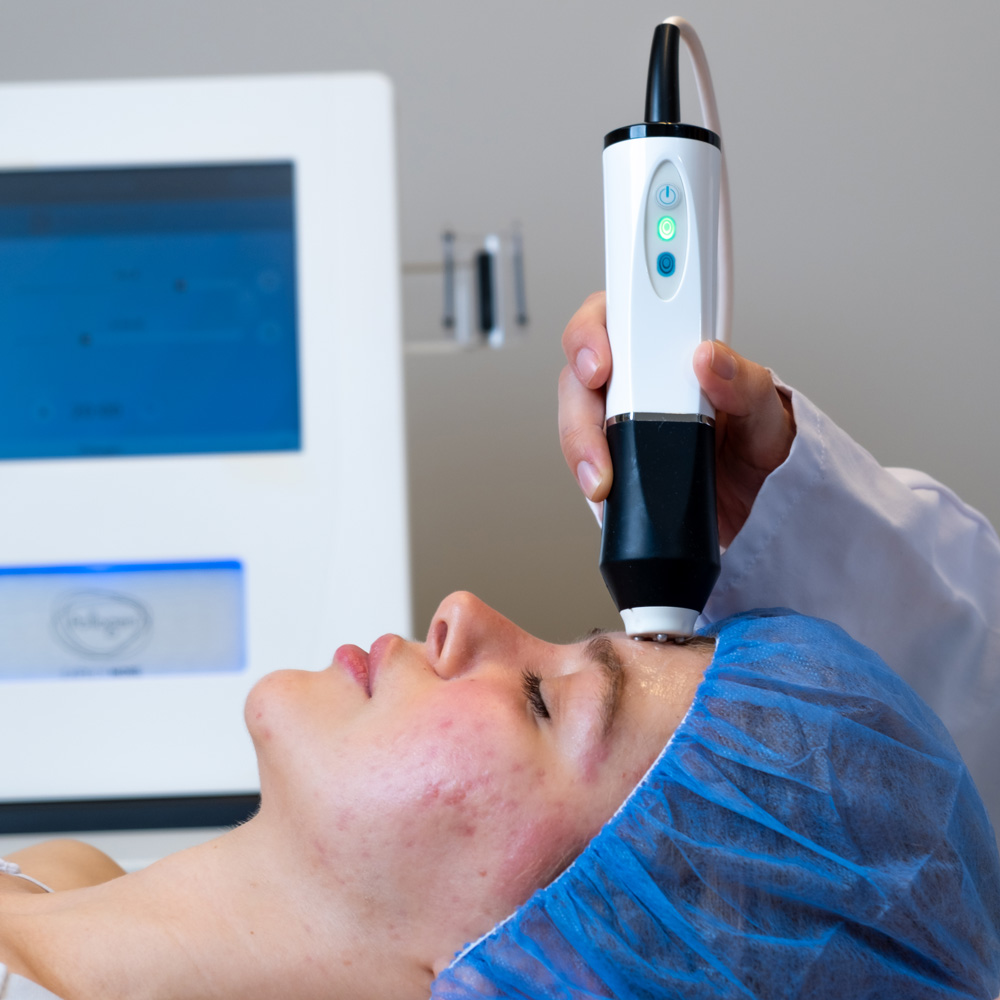
Skin Care Steps: Acne and Blemish Treatments
Acne and blemishes affect many people well into adulthood. Targeted treatments reduce breakouts and prevent future ones. These can include topical creams, salicylic acid exfoliants, or blue light therapy.
Professional acne facials often include deep cleansing and soothing anti-inflammatory products. Gentle exfoliation also removes the dead skin and oil that can clog pores. With time, these treatments reduce redness and smooth out skin texture. They are also suitable for managing acne scars.
Skin Care Steps: Sun Protection
Sun exposure is the leading cause of premature ageing and pigmentation. Protecting your skin is a non-negotiable step in any routine. Daily sunscreen use is essential, even on cloudy days or indoors near windows.
Look for a broad-spectrum sunscreen with SPF 30 or higher. Additionally, treatments like antioxidant facials or vitamin C serums offer extra protection. Some skin clinics provide protective facials that soothe and shield against UV damage. Prevention is always better than repair.
Skin Care Steps: Specialised Treatments
Some skin concerns require tailored solutions. Conditions like rosacea, eczema or hyperpigmentation need specialised treatments. These might involve prescription products, light therapy or anti-inflammatory procedures.
Professional skin care providers customise treatments to suit individual conditions. For example, hyperpigmentation may be treated with chemical peels. At the same time, rosacea may require soothing LED therapy. Identifying your skin condition early allows for more effective treatment and management.
How to Personalise Your Skin Care Routine
Not every step is needed by everyone. Your routine should match your skin type and specific concerns. For example:
- Oily skin: Focus on exfoliation, cleansing, and lightweight hydration
- Dry skin: Emphasise moisturising and anti-ageing hydration masks
- Sensitive skin: Prioritise gentle facials and avoid harsh exfoliants
- Mature skin: Combine hydration with collagen-stimulating anti-ageing treatments
- Acne-prone skin: Use exfoliation and acne-targeting facials consistently
It’s helpful to speak with a skin care specialist. They will be able to assess your skin and recommend the best options.
How Often Should Each Step Be Done?
Here’s a simple guideline:
- Cleansing: Twice daily
- Facials: Every 4-6 weeks professionally
- Exfoliation: 2-3 times per week
- Moisturising: Daily, morning and night
- Anti-ageing treatments: Daily use of products, in-clinic treatments every few months
- Acne treatments: As needed or as recommended by a specialist
- Sun protection: Every morning, with reapplication every 2 hours when outdoors
Being consistent with each step improves both short-term glow and long-term skin health.
Conclusion
A structured skin care routine supports healthier, brighter and more youthful skin. From cleansing and exfoliation to advanced anti-ageing and acne treatments, each step plays a vital role. Hydration and sun protection are also essential for daily maintenance. Specialised treatments help those with more complex skin conditions. Taking the time to care for your skin can boost confidence and prevent long-term damage.
For more information and to book a consultation visit the ACIBADEM Beauty Center Skin Care page.
Frequently Asked Questions
Most people benefit from a professional facial every 4–6 weeks, depending on skin type.
No. Two to three times a week is enough for most skin types.
Yes. Early use of preventative products helps delay visible signs of ageing.
Yes. UV rays can penetrate windows, so protection is still essential.
Use gentle acne treatments and consult a specialist for a customised approach.
